I briefly touched on this aspect in my epic post 101 Ways to Save Money. There are tons of ways to save money on food. When I last examined, our grocery bill was the second most expensive item after our rent. Although I live alone, I eat out rarely.
Here are some things that I often do and are effective for keeping costs down while not neglecting good quality.
10 Ways to save money on food
1. My first tip above everything– Don’t shop hungry- Shopping when hungry makes you purchase things that might be related to sugar cravings. Shop for what you want later not for right now. I go to the grocery store after lunch, this works!
2. Save on Meat – Buy chicken breast with bone in. This can cut the price in half. Save bones from chicken for making stock which you can use in soups. For pork, choose the pork shoulder over the loin it’s cheaper and in my opinion better tasting.
3. Buy store brand – When buying frozen fruit or veggies opt for the store brand generic type. More often than not this type of product comes from the same place as more expensive brand types. That cost difference comes from basically paying for something that is a brand that has better packaging and advertisement costs.
- Frozen food is an often overlooked but incredibly valuable. You only use what you need and the rest doesn’t need to spoil and only tends to cost a few dollars per package. The flash-frozen produce can be more nutritious than fresh organic produce.
- The fresh stuff starts losing nutrients as soon as it is picked. So if it is traveling across the country it is quite nutrition depleted by the time it gets to you while frozen food retains all its nutrients from the moment it was frozen, which is usually not long after it was picked.
4. Coupon – Use coupons for day-to-day food items. Local supermarkets run weekly deals. Deals are widely published to get customers through the door. As long as you only stick to the items you need you can save a lot of money with coupons.
Just one word of caution, do not let deals dictate your buying. First, make a grocery list and then look for deals on items that are already on your shopping list. Avoid impulse buying.
5. Buy fresh, not processed – A no-brainer that vegetables and fruit will not only be better for you but are also cheaper than processed foods. The average price for a huge bunch of Kale is $2.99 in Austin, TX, the bunch has enough kale for about 3 salad meals or almost 4 glasses of smoothies.
6. Save on Beef – Your best value for cuts of beef are going to be
- brisket
- skirt steak
- flank steak
- chuck & blade
- top rump
This is where a slow cooker can be your best friend. Slow cooking can take any type of cheaper cut and turn it into a fantastic, tender dish. You can add in things like broth that you made, vegetables, garlic, etc. Set it for a few hours to cook. If you’re in a grocery store look for the cheaper cuts or if at a market or butcher ask them for these specific cheaper cuts. The farmers and butchers will also know the best way to cook the various cuts of meat and what goes well with them so use them as a great resource!
7. Quinoa– quinoa is not a grain but a seed and good organic varieties are becoming as cheap as rice. This ingredient can be stretched far in dishes as well as making salads.
8. Buy in bulk if possible – I am an Indian, and I love rice. The Costco Royal basmati ( 20 lbs bag) is way cheaper than buying rice at any other place. If you can consume all, then buy in bulk. The Costco 2 dozen egg is half the price at our supermarket. These big box stores can be of great assistance in saving money and storing up some key items.
I always buy things like raw almonds, cashew nuts, and sunflower seeds in bulk. Also, Costco or Sam’s Clubs are great places for finding things like wild rice or quinoa if seaweed, etc. Start including Bulk stores in your shopping routine.
9. Save by storing well – For fresh Veggies keep them in either a plastic bag or brown bag and wrap the bag up while squeezing the air out. With air out keeping them in a vegetable crisper in the fridge will vastly extend the product’s shelf life.
10. Grow your own food – If you’re like me you use herbs in almost every dish. Herbs contain important phytonutrients that help fight disease and also supply antioxidants. Herbs enhance the flavor of our food. Depending on where you live an outdoor garden is cheap and easy to maintain, even on your balcony or windowsills. You can buy plants like basil or oregano for only a few dollars and keep them growing in your house. You can also order seeds online for only a couple of dollars. With seeds, you’re only looking at pennies per plant.
The easiest herbs to grow also tend to be some of the best for you such as:
- parsley
- borage
- basil
- sage
- thyme
- Also very easy to grow in an outdoor garden and extremely healthy are garlic, peppers, and tomatoes
Take some of your own grown garlic, roasted, and make a fresh soup with your own grown tomatoes and basil with some of the chicken stock you made and you will have a soup that is better than any you’ve ever had and will cost you next to nothing!
Trackbacks






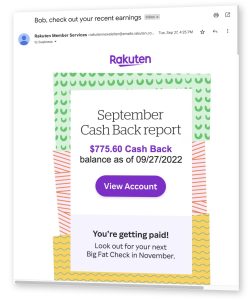
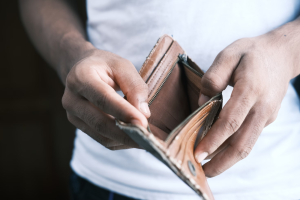






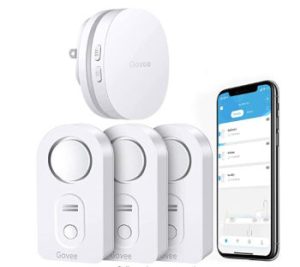


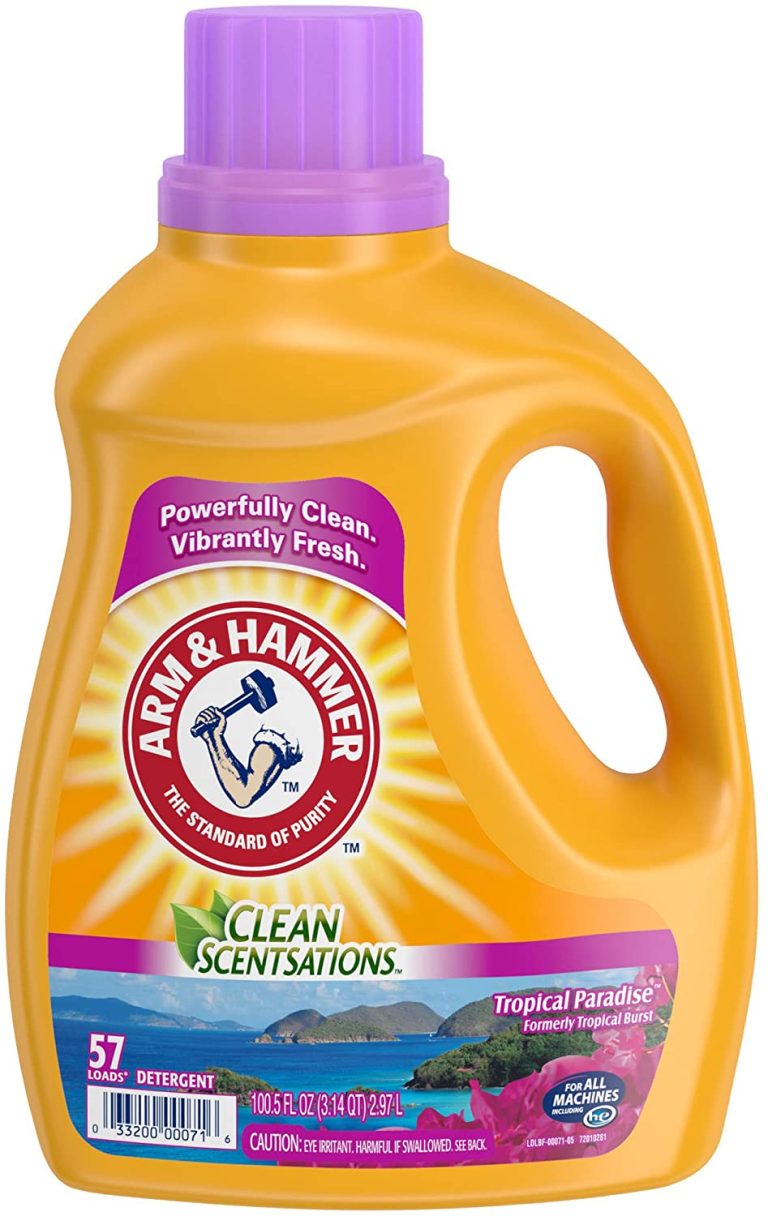
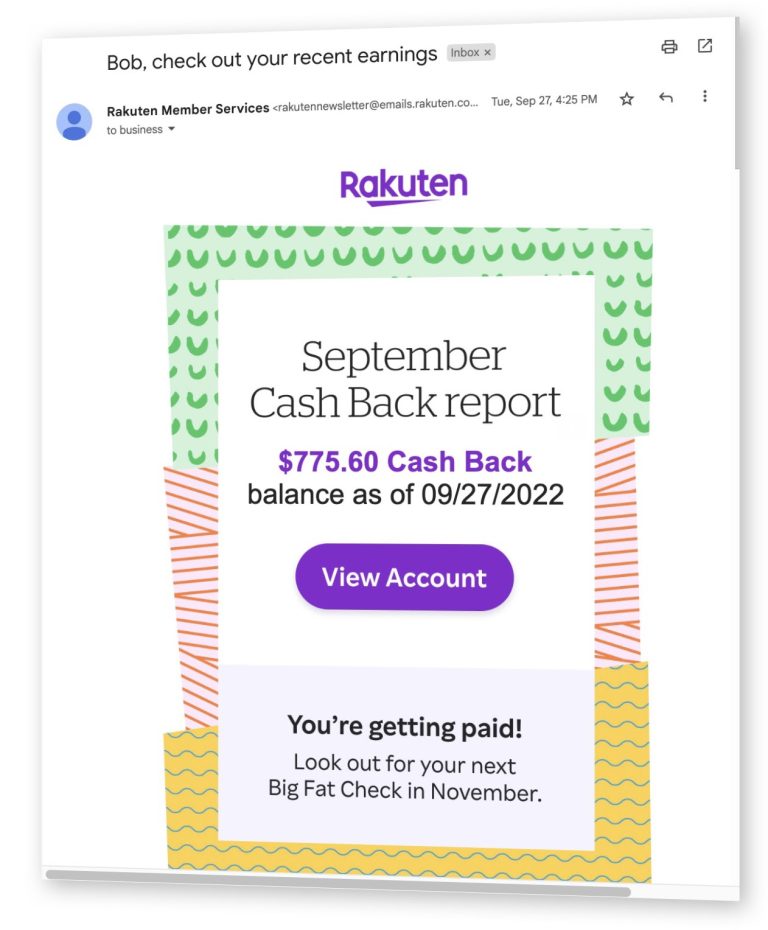

[…] total grocery expenditure would be by buying groceries for the week. This one of the more important ways to save money on your grocery bill and is a huge step in the right direction. But there are many other ways to decrease your grocery […]